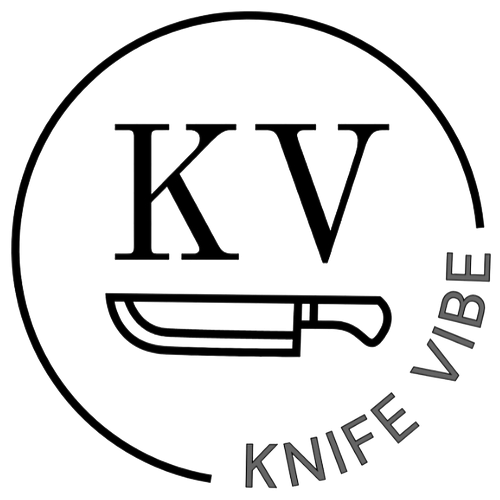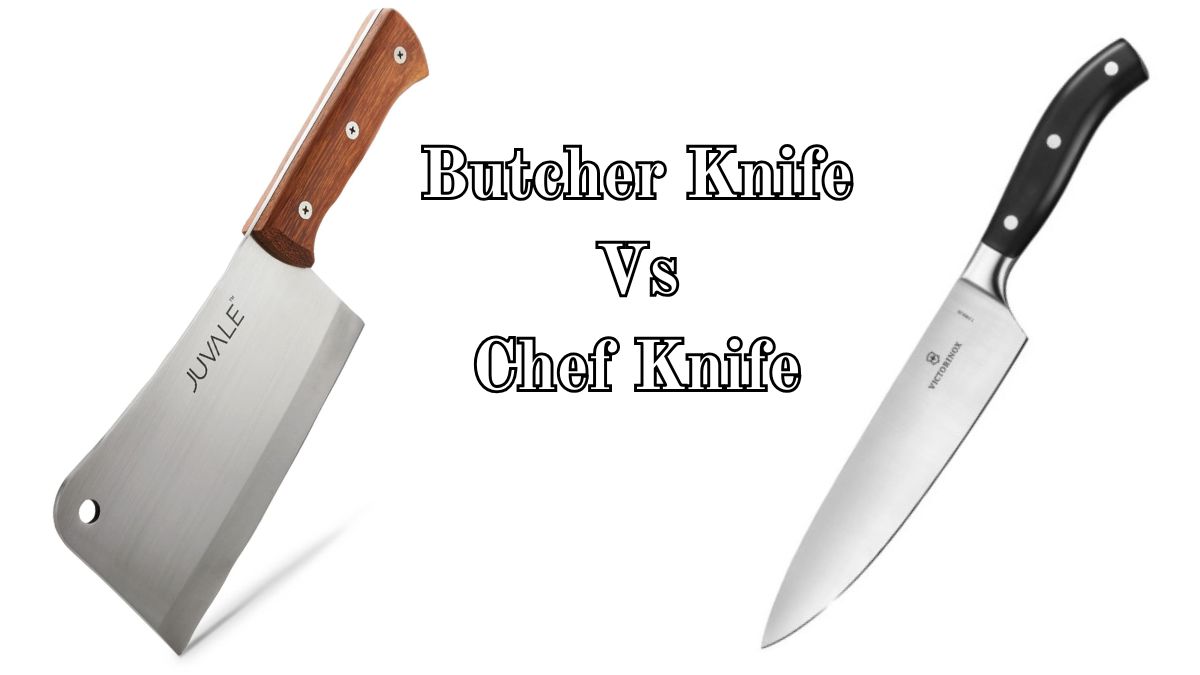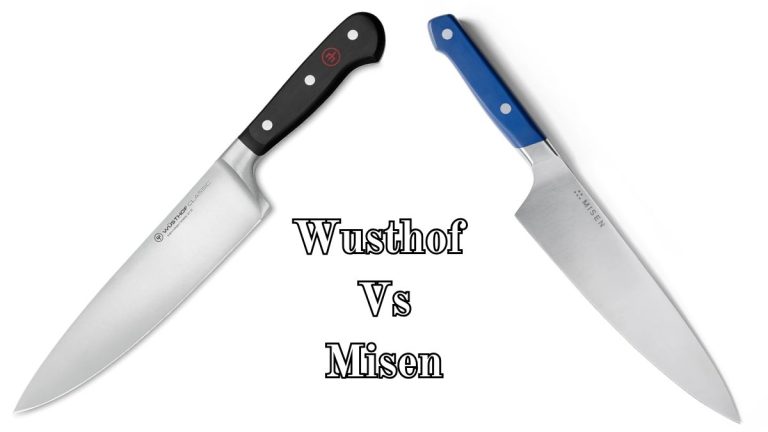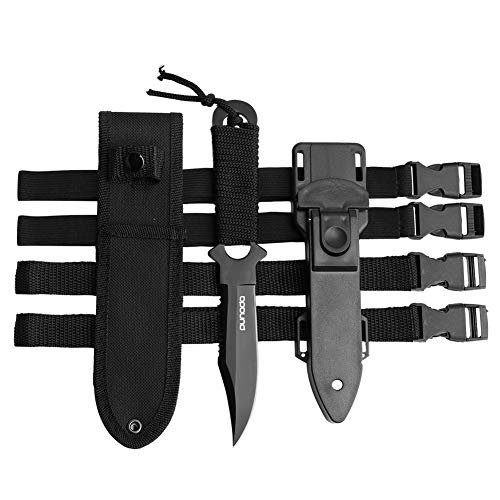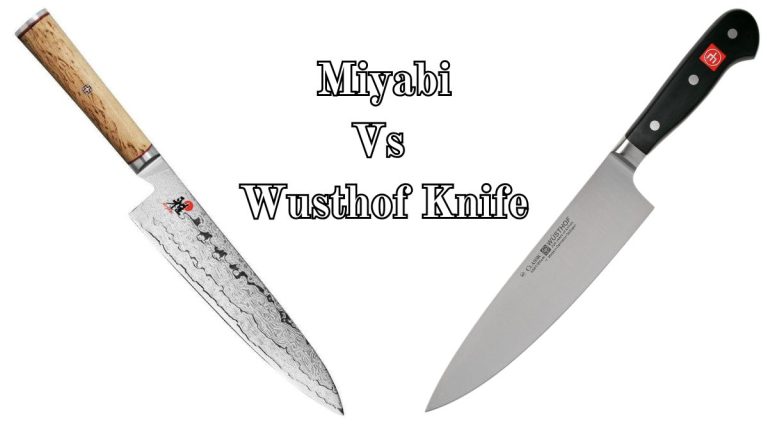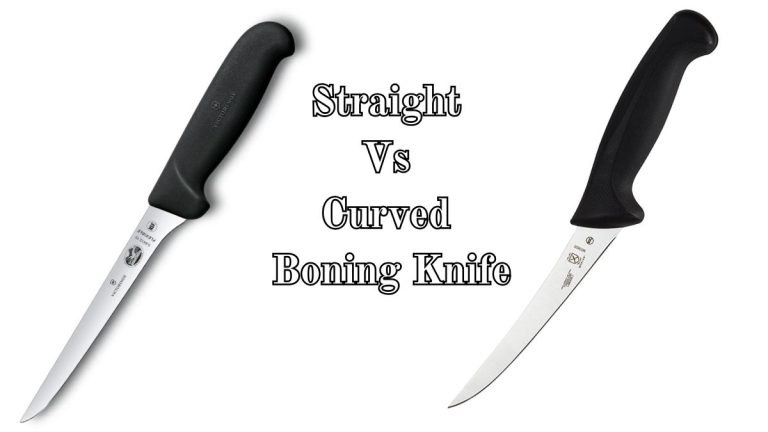Butcher Knife Vs Chef Knife: Choosing the Right Tool for Your Kitchen
Choosing the right knife can make a big difference in the kitchen. Two of the most common options are butcher knives and chef knives.
Both knives serve unique purposes, and understanding their differences can help you make better decisions while cooking. A butcher knife is typically used for heavy-duty tasks like breaking down meat, while a chef knife is more versatile, suitable for various kitchen tasks like chopping vegetables or slicing herbs.
Whether you’re a home cook or a professional chef, knowing which knife to use can improve your efficiency and safety. This comparison will guide you through the main differences, helping you choose the best tool for your needs. Let’s dive into the specifics of butcher knives versus chef knives.
Introduction To Kitchen Knives
The kitchen is the heart of every home. Here, delicious meals and memories are made. Essential tools, like knives, play a vital role in food preparation. Understanding kitchen knives helps improve your cooking skills.
Purpose Of Kitchen Knives
Each kitchen knife serves a specific purpose. Butcher knives and chef knives are two common types. Butcher knives are strong and heavy. They cut through meat and bone easily. Chef knives are versatile. They slice, dice, and chop various ingredients.
Knowing the purpose of each knife helps you use them correctly. This ensures your food is prepared efficiently. It also keeps your knives in good condition.
Importance Of Choosing The Right Knife
Choosing the right knife is crucial. The correct knife makes tasks easier and safer. A butcher knife handles tough cuts of meat. A chef knife is for general tasks like chopping vegetables.
Using the right knife also reduces strain on your hands. This helps prevent injuries and fatigue. It makes your cooking experience more enjoyable.
Investing in quality knives is important. High-quality knives last longer and perform better. They make your time in the kitchen more efficient and pleasant.
What Is A Butcher Knife?
A butcher knife is a strong and heavy knife. It is designed to cut through meat and bone. Butcher knives are essential tools in many kitchens, especially those that handle large cuts of meat. They are different from chef knives in several ways.
Design And Features
Butcher knives have a wide, curved blade. This design helps in making deep cuts and slicing through thick meat. The blade is often 6 to 14 inches long. It is usually thicker than other kitchen knives. The handle is sturdy and offers a good grip. This is important for safety and precision.
Here are some key features of butcher knives:
- Blade Material: Often made from high-carbon stainless steel.
- Blade Length: Typically ranges from 6 to 14 inches.
- Blade Thickness: Thicker than other kitchen knives, providing strength.
- Handle Design: Ergonomic design for a firm grip.
- Curved Blade: Helps in slicing through meat and bone.
Common Uses
Butcher knives are versatile tools in the kitchen. They are primarily used for cutting large pieces of meat. Here are some common uses:
- Breaking down large cuts of meat into smaller portions.
- Trimming fat and sinew from meat.
- Cutting through bones and joints.
- Slicing through thick cuts of beef, pork, or lamb.
- Preparing meat for cooking or storage.
Overall, butcher knives are essential for meat preparation. They make the task easier and more efficient. With the right butcher knife, cutting meat can be a breeze.
What Is A Chef Knife?
A chef knife is a versatile tool in the kitchen. It is an essential part of any chef’s toolkit. Known for its broad blade and sharp edge, it can handle many tasks.
Design And Features
A chef knife typically has a broad blade. The blade is usually 8 to 10 inches long. It tapers to a sharp point. The blade is often curved, which aids in a rocking motion while cutting.
The handle is designed for comfort. It allows a firm grip. Chef knives are made from high-quality materials. Stainless steel and carbon steel are common choices. Some knives also have a full tang. This means the blade extends through the handle, adding durability.
Common Uses
Chef knives are used for many tasks. They can chop vegetables. They can slice meat. They can dice herbs. They are also great for mincing garlic or onions.
- Chopping vegetables
- Slicing meat
- Dicing herbs
- Mincing garlic or onions
The versatility of a chef knife makes it a must-have in any kitchen. It simplifies meal preparation. It ensures clean, precise cuts.
Differences Between Butcher And Chef Knives
Choosing the right knife can impact your cooking experience. Butcher knives and chef knives serve different purposes in the kitchen. Understanding their differences will help you use them more effectively. Let’s explore how these knives differ in key aspects.
Blade Shape And Size
The blade shape is the first noticeable difference. Butcher knives have a long, curved blade. This design helps in cutting through large pieces of meat. The curved edge allows for smooth slicing motions.
Chef knives, on the other hand, have a broad and straight blade. The tip of a chef knife is pointed. This shape makes it versatile for chopping, slicing, and dicing. Chef knives range from 6 to 12 inches in length. Butcher knives are usually longer, ranging from 8 to 14 inches.
Material And Construction
Both knives are made from high-carbon stainless steel. This material provides durability and sharpness. Butcher knives often have a thicker spine. This adds strength for cutting through bones and tough meat.
Chef knives are lighter and more balanced. The thinner blade allows for precision cutting. The handle construction also differs. Butcher knives may have a more pronounced handle grip. This provides better control during heavy-duty tasks.
Chef knives often have a more ergonomic design. This makes them comfortable for extended use. The balance between the blade and handle ensures ease of use.
Pros And Cons Of Butcher Knives
Butcher knives are essential tools in any kitchen. They are designed for cutting through meat and bone with ease. While they excel in certain tasks, they also have limitations. Understanding the pros and cons can help you decide if a butcher knife is right for you.
Advantages
Butcher knives are very strong. They can cut through tough meat and bone. Their heavy blade makes chopping easy. The curved blade allows for precise cuts. They also have a sturdy handle for a good grip. These features make them great for heavy-duty tasks.
Disadvantages
Butcher knives are heavy. This can cause fatigue during long use. Their large size makes them hard to control. They are not good for delicate tasks. The thick blade can damage softer foods. They also require frequent sharpening. This can be time-consuming.
Pros And Cons Of Chef Knives
Chef knives are essential tools in the kitchen. They are versatile and can be used for a variety of tasks. But like any tool, they have their pros and cons. Understanding these can help you decide if a chef knife is the right choice for your needs.
Advantages
- Versatility: Chef knives can cut, chop, dice, and slice. They handle many tasks.
- Precision: The sharp blade allows for precise cuts. This is important for presentation and even cooking.
- Comfort: Most chef knives have ergonomic handles. They provide a comfortable grip for extended use.
- Durability: High-quality chef knives are made from strong materials. They last longer with proper care.
Disadvantages
- Maintenance: Chef knives require regular sharpening. This can be time-consuming.
- Cost: High-quality chef knives can be expensive. They are an investment.
- Weight: Some chef knives are heavy. This can cause fatigue during long use.
- Specialization: Chef knives are not ideal for all tasks. For example, they are not suited for cutting through bones.
Below is a comparison table to summarize the pros and cons:
| Pros | Cons |
|---|---|
| Versatility | Maintenance |
| Precision | Cost |
| Comfort | Weight |
| Durability | Specialization |
Choosing the right knife depends on your specific needs. Consider both the advantages and disadvantages carefully.
Factors To Consider When Choosing
Choosing between a butcher knife and a chef knife can be challenging. Each knife serves different purposes and has unique features. Your decision should depend on several factors. These include the type of cooking you do and your personal preferences.
Type Of Cooking
The type of cooking you do most often matters. A butcher knife is best for cutting through meat and bone. It has a thick, strong blade. This makes it ideal for heavy-duty tasks. But it may not be great for delicate work.
A chef knife is versatile. It can slice, dice, and chop a variety of foods. Its thinner blade allows for more precision. This makes it suitable for tasks like slicing vegetables or mincing herbs. If you cook a wide range of dishes, a chef knife might be more useful.
Personal Preferences
Personal preferences also play a role in choosing a knife. Some people prefer the weight and balance of a butcher knife. It feels sturdy and powerful in the hand. Others might like the lighter, more agile feel of a chef knife. It offers greater control and versatility.
Consider the handle design too. A comfortable grip can make a big difference. Some knives have ergonomic handles, while others are more traditional. Try holding different knives to see which feels best in your hand.
Think about maintenance as well. Butcher knives need regular sharpening. Chef knives also require care, but some models have easier maintenance. Choose a knife that fits your routine and skill level.

Credit: www.yummy.ph
Maintaining Your Knives
Maintaining your knives is crucial for their longevity and performance. Whether you use a butcher knife or a chef knife, proper maintenance ensures they stay sharp and safe to use. This section will guide you through sharpening, honing, and proper storage methods to keep your knives in top shape.
Sharpening And Honing
Sharpening and honing are essential for knife maintenance. Sharpening involves removing material from the blade to create a new edge. Use a whetstone or a knife sharpener for this task. Sharpen your knife regularly, depending on usage. A sharp knife makes cutting easier and safer.
Honing, on the other hand, realigns the knife’s edge without removing material. Use a honing rod for this. Hone your knife before each use to maintain its edge. This keeps the knife effective and reduces the need for frequent sharpening.
Proper Storage
Proper storage also plays a significant role in maintaining your knives. Store your knives in a knife block or on a magnetic strip. This prevents them from dulling or getting damaged. Avoid storing knives in a drawer without protection. It can lead to accidents and damage the blades.
Using blade guards can also protect your knives. They shield the blade from contact with other objects. This keeps the edge sharp and prevents nicks and scratches. Proper storage ensures your knives remain in good condition for a longer time.

Frequently Asked Questions: Butcher Vs Chef Knife
What Is The Difference Between A Butcher Knife And A Chef Knife?
A butcher knife is designed for cutting through meat and bones. A chef knife is versatile, suitable for chopping, slicing, and dicing vegetables, fruits, and meat.
Can A Chef Knife Replace A Butcher Knife?
A chef knife cannot replace a butcher knife. Chef knives are versatile for everyday kitchen tasks, while butcher knives are specialized for heavy-duty meat cutting.
Which Knife Is Better For Cutting Meat?
A butcher knife is better for cutting meat. Its design allows for easy slicing through tough meat and bones.
Is It Essential To Have Both Knives?
Yes, it is essential to have both. Each knife serves different purposes, enhancing your kitchen efficiency and improving your cooking experience.
Conclusion
Choosing between a butcher knife and a chef knife depends on your needs. Both have unique strengths. Butcher knives excel at cutting meat, while chef knives offer versatility. Consider your cooking habits and tasks. Invest in quality for best results.
Each knife can enhance your kitchen experience. Select wisely to enjoy cooking more.
